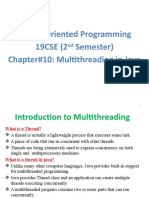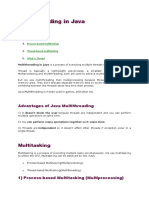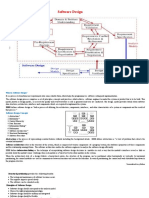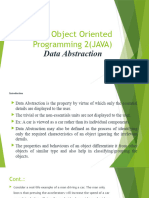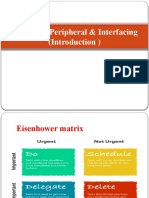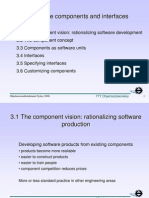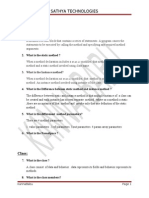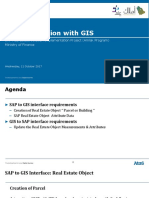0% found this document useful (0 votes)
11 views15 pagesChapter 12 - Multithreading in JAVA
Uploaded by
dileepdilee8747Copyright
© © All Rights Reserved
We take content rights seriously. If you suspect this is your content, claim it here.
Available Formats
Download as PDF, TXT or read online on Scribd
0% found this document useful (0 votes)
11 views15 pagesChapter 12 - Multithreading in JAVA
Uploaded by
dileepdilee8747Copyright
© © All Rights Reserved
We take content rights seriously. If you suspect this is your content, claim it here.
Available Formats
Download as PDF, TXT or read online on Scribd
/ 15





























